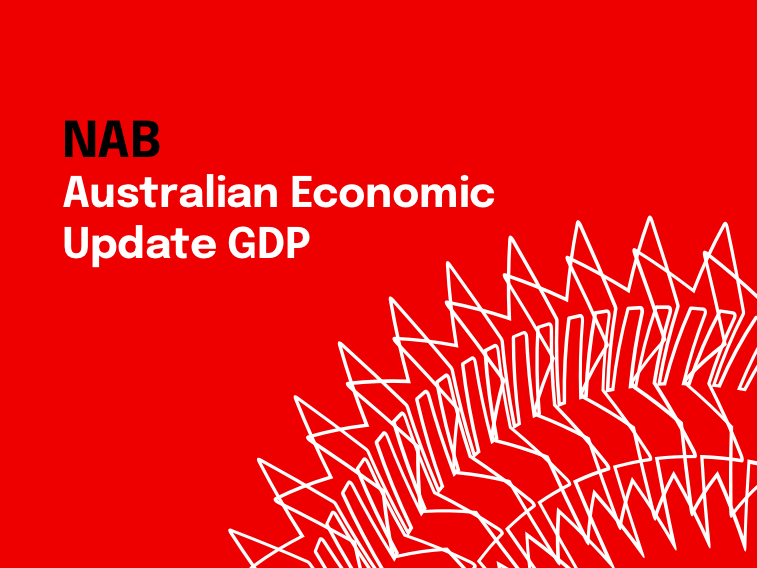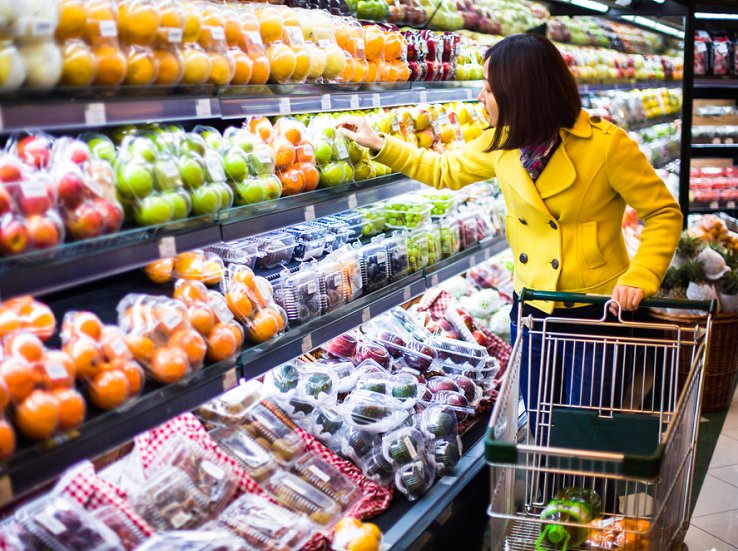A soggy start to 2025


Insight
The China Australia Free Trade Agreement (ChAFTA) is a source of significant optimism for many of our business clients, most notably our small and medium sized business clients who are the key employer base in Australia and who generate a significant percentage of our country’s economic activity.

The agreement allows our customers to progressively get back onto a level playing field with competitors in other countries who have already concluded a free trade agreement with China, as tariffs on agreed goods and services are progressively reduced to zero.
Good news
This is good news for Australian exporters and importers, particularly at a time when demand in China for Australian food products is growing so strongly. It’s also good news for clients sourcing inputs to their Australian supply chain or sourcing product from China for sale in Australia, as their input costs should decrease over time as tariffs reduce to zero.
Chinese investment
The importance of government in China cannot be over-emphasised and the coming into force is a strong signal that the trade and investment relationship between our two countries is ‘open for business’. This is translating to heightened interest from Chinese clients in investing in Australia. When coupled with the lower exchange rate (versus the USD and the RMB) this creates an environment that’s very attractive for Chinese investment and current sectors of real strength are agribusiness and food (in particular dairy and beef); health foods, vitamins and supplements; and property.
Opportunities for Australia
In terms of China, the government is very heavily focused on transitioning the Chinese economy from an investment and export led growth model to more of a domestic consumption led, services focused growth model. This creates opportunities for Australian investment into services sectors where we have a strong track record, in particular healthcare, education, tourism and financial services. Evidence of this shift away from traditional manufacturing to services growth is well underway in China.
The middle class in China is growing strongly, with current estimates of around 150 million middle class citizens and forecasts that this will rise by a further 850 million people by 2030. This translates of course to stronger purchasing power, borne out by current annual retail sales growth running at 11 percent.
Manufacturing trends
China has long been touted as the ‘manufacturer to the world’, but as local wages costs rise some global manufacturers are considering their options and either moving their manufacturing facilities to lower wage cost economies, such as Vietnam, Bangladesh and Indonesia, or ‘hedging their bets’ under a so-called ‘China plus one’ strategy and adding additional manufacturing capability in one of those countries.
The rise in purchasing power in China is also encouraging global producers to look more to selling their products in China as opposed to manufacturing in China and exporting to the rest of the world.
Online shopping
A popular China online shopping day, ‘Singles Day’ (so named because it’s held annually on 11 November, which as a date translates to ‘1111’) generated sales totalling a staggering RMB91.2 billion (almost AUD20 billion) in one day! An estimated 120,000 online sales orders were made each minute and the online shopping giant Alibaba predicted that it would need 1.7 million couriers, 400,000 vehicles and 200 planes to deliver all of the goods purchased.
Lastly, Australia saw 1 million Chinese visitors for the first time in a calendar year in 2015, with current forecasts for an increase to 1.2 million visitors by 2020.
This interest in Australia of course presents fantastic opportunities for Australia’s tourism and hospitality industries, retailers, transport, events and education industries, not to mention many sideline businesses that’ll also benefit significantly. So now is the time to prepare for this opportunity with attractive offerings catering to Chinese tastes.
© National Australia Bank Limited. ABN 12 004 044 937 AFSL and Australian Credit Licence 230686.